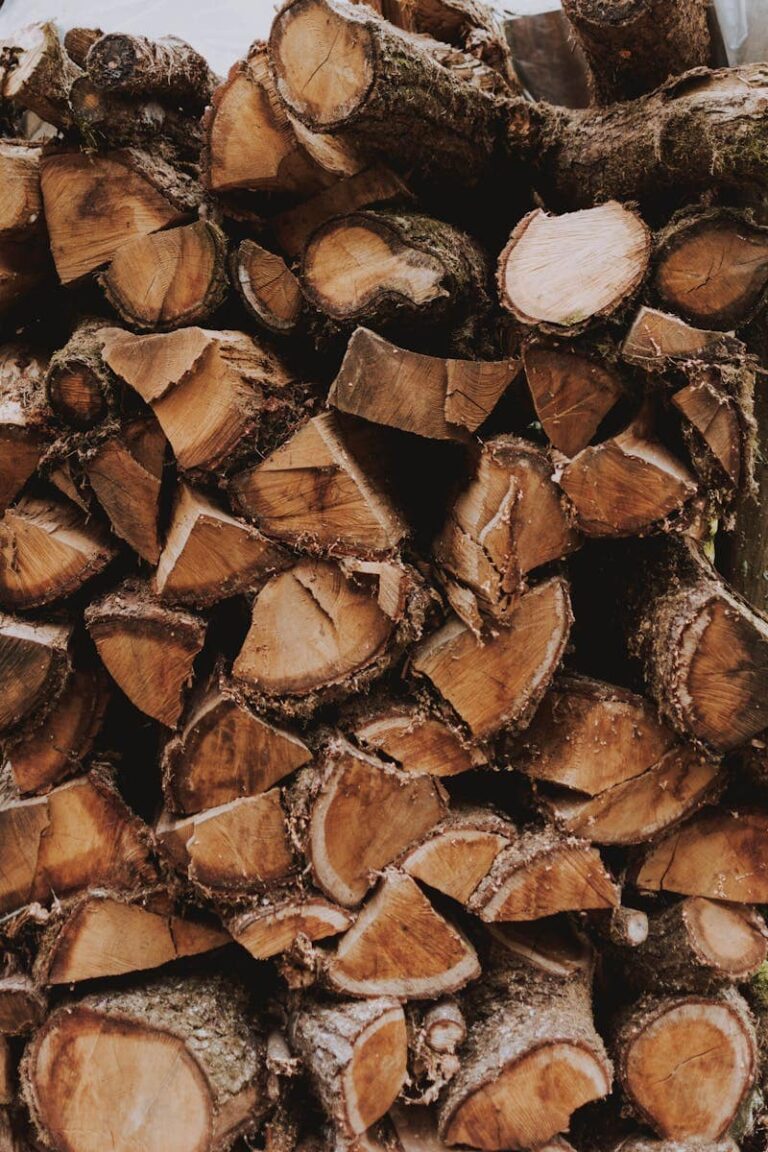Any changes to or destruction of a species’ natural habitat is known as habitat destruction. These changes or destruction of natural habitats is usually caused by human activities. Once there are changes to a species’ habitat there is, by extension, a danger to biodiversity. Human activities that drive changes to or destruction of natural habitats include deforestation, growing urbanization, and agricultural practices. Habitat destruction of natural habitats undermines conservation efforts and environmental sustainability.
Origin of the term and application
The term “habitat destruction” has been used for decades in the field of ecology and conservation biology. As human activities expanded and intensified, causing widespread changes to landscapes, the concept gained prominence in discussions about the consequences of altering or eliminating natural habitats. The term reflects the understanding that habitat loss is a primary driver of biodiversity decline worldwide.
Efforts to address habitat destruction involve strategies such as habitat restoration, protected area designation, and sustainable land-use planning. The term emphasizes the importance of recognizing the value of intact ecosystems and working to mitigate the impact of human development on natural habitats. Some faith traditions, such as the Sikhs in the Punjab region in India, are planting forests of native trees which restore ecosystems and attract birds and other wildlife to them.
Understanding the concept of habitat destruction is essential for conservationists, policymakers, and individuals involved in land-use planning. Mitigating habitat destruction requires a balance between human development and the preservation of critical ecosystems, recognizing the interconnectedness between healthy habitats, and the overall well-being of the planet.





